Many Porsche fans on online forums like Rennlist and 911uk are discussing the idea of converting classic 911s into electric vehicles (EVs). Threads such as "EV Conversion of 911" are full of questions, ideas, and a growing fascination with the potential to bring new life to these iconic sports cars. One user on Rennlist wondered, "Has anyone here done an EV conversion on their classic 911? I'm intrigued by the idea of modern performance with classic looks." This sentiment captures the essence of a rising trend: a desire to maintain the timeless design of the 911 while making it easier to live with, especially in crowded cities with stop-and-go traffic and of course the added environmental benefits of electric power.
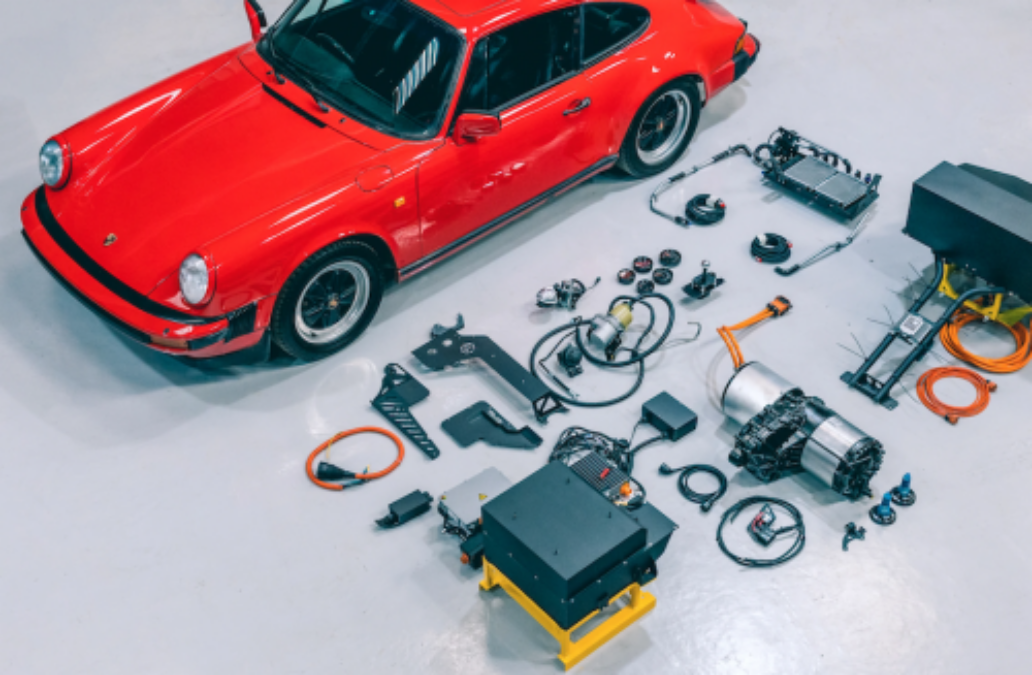 The Art of the Conversion: What's Involved?
The Art of the Conversion: What's Involved?
Converting a classic 911 to an EV is not as simple as chucking in the old air-cooled engine and throwing in a motor from a wrecked Tesla in its place, there is more to it than what meets the eye. It requires a delicate balance of engineering expertise, respect for the car's heritage, and a willingness to embrace cutting-edge technology and incorporate it in just the right amount. The process typically involves removing the original internal combustion engine (ICE) and replacing it with a fit-for-purpose electric motor, batteries, and a control system.
Converting a vehicle can be simple or more nuanced, depending on what the customer desires and how much cash they are willing to part with. Some companies offer easy-to-install "drop-in" kits, while others create unique solutions based on the owner's specific needs and preferences.
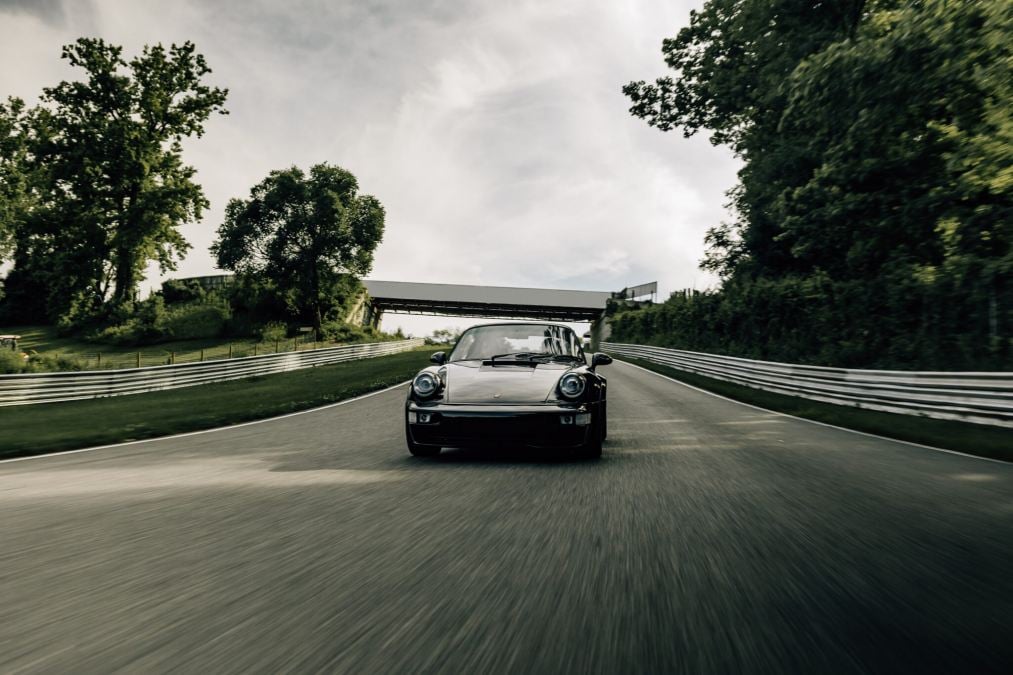 The Cost of Going Electric: Price Points and Options
The Cost of Going Electric: Price Points and Options
The cost of a classic 911 EV conversion can range from around $30,000 to well over $100,000, depending on the chosen kit, components, and level of customization. Companies like Electrogenic and Canepa offer comprehensive conversion packages, while others provide individual components and consulting services for those who prefer a DIY approach.
Cal, a DIY enthusiast on 911uk, shared his experience of converting his 1971 911 T Targa to an EV. He estimated the cost of batteries alone to be around $13,000, with the total conversion cost, including parts and labor, coming in at $30,000 to $35,000.
While the initial investment might seem steep, it's important to consider the potential long-term savings on fuel and maintenance costs. Electric vehicles generally require less maintenance than their ICE counterparts, and the cost of electricity is often lower than gasoline.
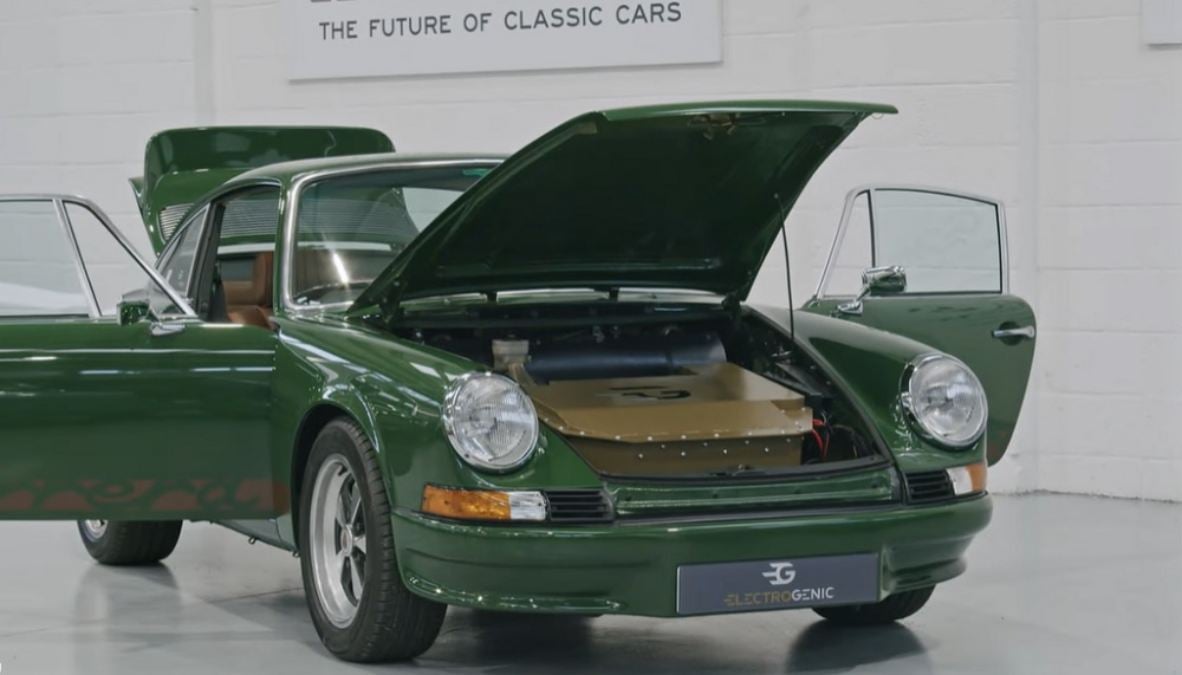 The Benefits Of Going Electric In Your Classic 911s
The Benefits Of Going Electric In Your Classic 911s
Let's start with the basics, electric motors in cars provide instant power and smooth acceleration, which often outperforms traditional gas engines (in some metrics). Converting a classic 911 into an electric vehicle can make it surprisingly fast and agile, able to compete with modern sports cars off the line, but beware, this practice might be frowned upon by hardcore enthusiasts who might accuse you of running a classic, but it's not entirely true and here's why.
Electric drivetrains are simpler and need less maintenance compared to traditional gas engines which means even those with less technical know-how and convenience will be able to enjoy the shape and theatrics of a classic 911. So fewer visits to the mechanic and more time enjoying driving. For owners of older 911s, converting to electric can also be a practical way to keep their beloved car reliable and fun for years to come without the hassle of meeting emissions norms.
A Green Solution Fit for the Urban Jungle
With cities around the world implementing stricter emissions regulations and promoting zero-emission zones, classic car owners face increasing restrictions on where and when they can drive their cherished vehicles. Converting a car to electric not only cuts down on emissions but can also allow the vehicle to be exempt from specific restrictions, making it possible for owners to still use their 911s in metro cities. Additionally, the quiet operation of an electric motor provides a more peaceful and relaxing driving experience, especially in stop-and-go traffic and it also keeps the neighbors happy. This increased refinement can turn a classic 911 into a more practical daily driver, appealing to a broader range of enthusiasts.
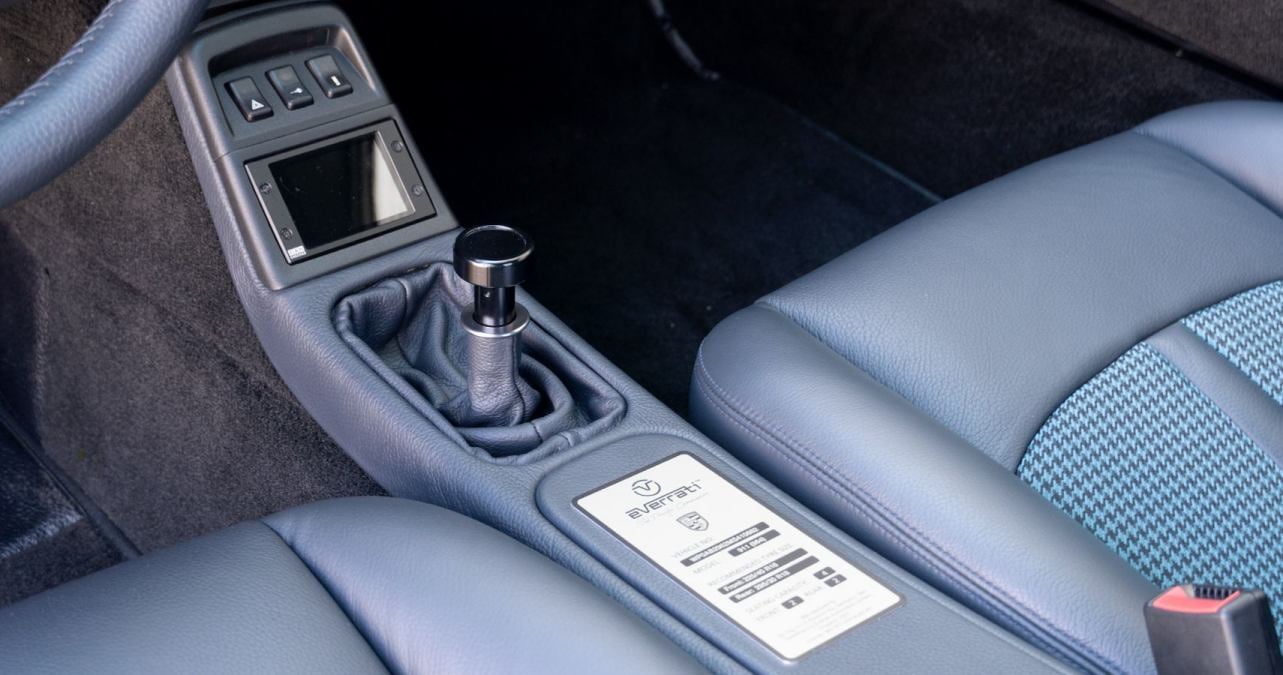 The Challenge of Preservation
The Challenge of Preservation
However, the decision to convert a classic 911 to electric power isn't without its challenges. Some purists argue that the process compromises the car's original character and removes the visceral experience of a rumbling flat-six. There's also the issue of finding suitable space for the battery pack, which can be a challenge in older vehicles, as most conversions would opt for throwing it in the frunk and under the rear seats as opposed to designing a whole new floor laden with batteries which can be a pretty expensive affair.
Additionally, the cost of conversion can be a significant barrier for many owners. While prices are gradually decreasingas technology advances, it's still a considerable investment.
The Electric Renaissance: Breathing New Life into Vintage Icons
While the idea of electrifying a classic car might seem counterintuitive, it's gaining traction among Porsche enthusiastsfor several compelling reasons. Firstly, it offers a solution for owners of vintage 911s who might be facing expensive or even impossible-to-source replacement parts. Instead of letting their beloved cars gather dust in garages, an EV conversion can restore them to roadworthy condition and even enhance their performance.
Secondly, the rise of electric powertrains presents a unique opportunity to preserve and enjoy classic cars in an increasingly environmentally conscious world. By eliminating tailpipe emissions, EV conversions allow these automotive icons to comply with stricter regulations and gain access to urban areas with low-emission zones. Moreover, the silent operation of an electric motor adds a layer of refinement to the driving experience, making these classics more enjoyable for daily driving and cruising.
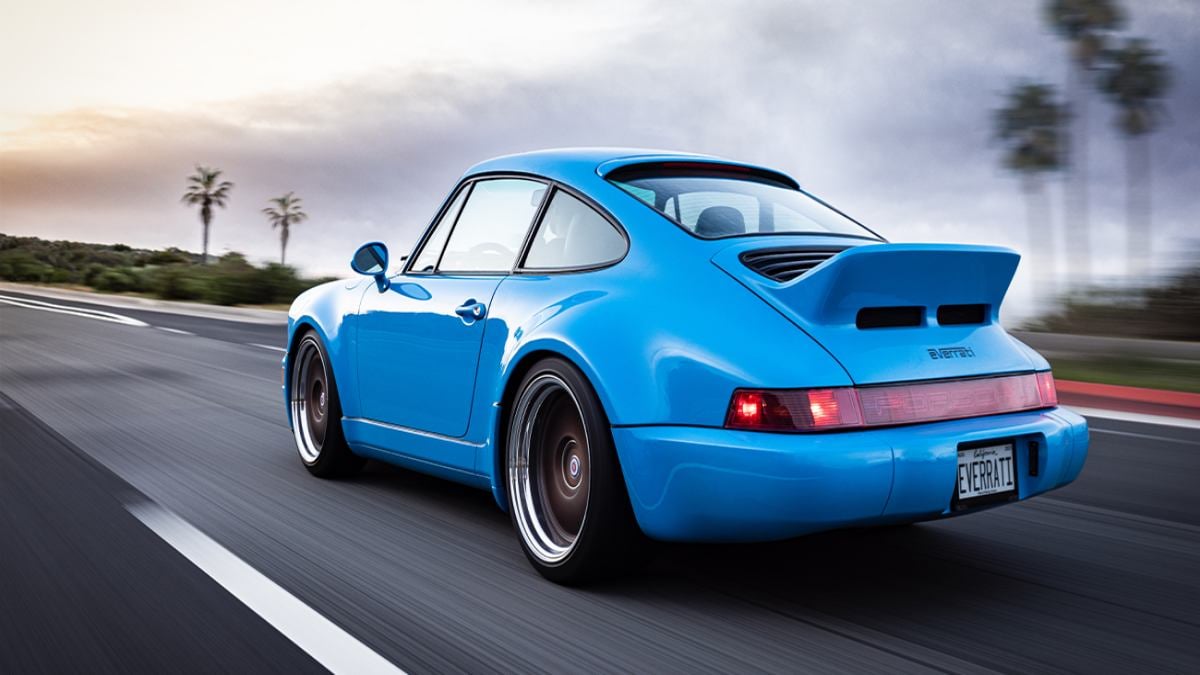 A Solution for Every Enthusiast
A Solution for Every Enthusiast
The EV conversion landscape for classic 911s is diverse, catering to varying budgets and preferences. For those seeking a hassle-free solution, companies like Electrogenic offer comprehensive drop-in kits that streamline the conversion process. These kits come with everything you need, including a high-performance electric motor, a battery pack, and a user-friendly interface.
If you're interested in converting a classic car to run on electricity, you have a few options to consider. Some companies, like Sacrilege Motors, specialize in creating custom electric vehicles (EVs) with high performance and cutting-edge technology. They use powerful electric motors from Tesla, advanced battery packs, and custom modifications based on the owner's preferences.
For those who prefer a hands-on approach, it's possible to build a custom EV conversion from the ground up. This option requires a deep understanding of electrical engineering, careful planning, and access to specialized tools and components.
Regardless of the approach you choose, electrifying a classic 911 can be a satisfying experience. It allows you to blend the timeless style and driving experience of a vintage Porsche with the efficiency and performance of modern electric technology.
Image Sources: Everrati / Sacrilege Motors / Electrogenic
Author Bio
Bhavik Sreenath is an automotive expert, writer, and founder of Motolog Studio. With a Master's in Automotive Journalism and experience in publications like Bodyshop Magazine, he delivers compelling stories about the cars we love. From designing magazine layouts to reporting on eco-conscious practices, he brings a multifaceted perspective to automotive writing. His experience in Automotive Journalism makes him a vocal voice for car enthusiasts and industry insiders. Follow Bhavik on X, LinkedIn, Instagram, and Facebook, to stay in touch and up-to-date with the latest EV and battery development news.





